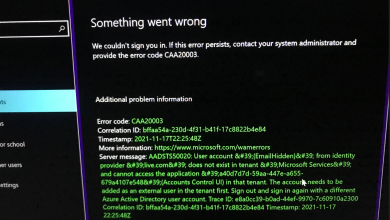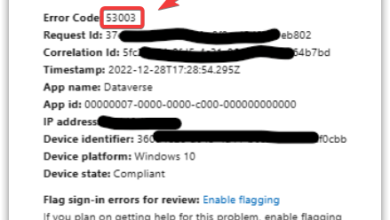How to Fix Your Outlook Calendar When It Won’t Sync?
The Outlook Calendar allows users to connect to other third-party calendar services such as Google Calendar, MS Office 365, Apple, and more. This integration helps users monitor their activities and manage their events with ease. Normally, when users set up the application, calendar syncing should occur automatically.

However, some may encounter an issue where their calendar fails to sync, leading to a lack of awareness of upcoming tasks and appointments. If you’re experiencing this issue, you’ll find multiple solutions in this article to address the problem.
Shared calendars may fail to sync for a variety of reasons, including a poor internet connection, outdated Windows or Outlook software, misconfigured calendar-sharing settings, permission issues, or incompatible add-ins. Let’s explore some potential solutions to see which one resolves the issue for you the best.
1. Remove and Reconnect the Shared Calendar
A glitch in the app settings can sometimes affect syncing. To troubleshoot this, try removing and then reconnecting your current shared calendar.
- Open Outlook and click on the calendar icon.
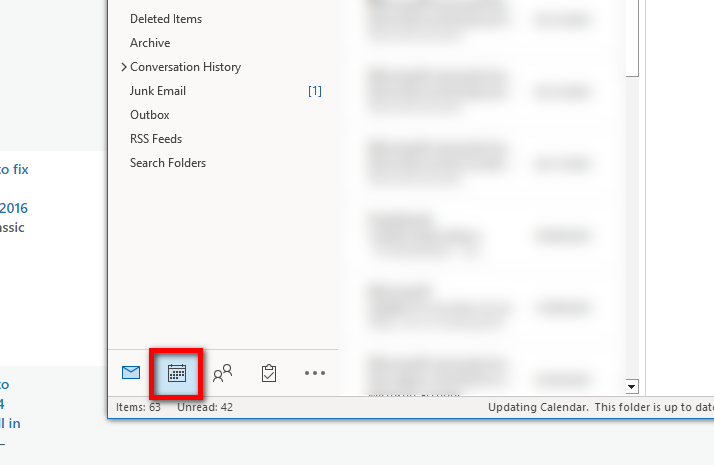
- Right-click on your shared calendar and select Delete.
- Restart Outlook and return to the calendar view.
- Click on the three dots located at the top right, hover over the Add option, and then select From Address Book.

- Select the shared calendar you wish to sync with Outlook and click OK.
- Lastly, navigate to Send/Receive and select Send/Receive All Folders.

2. Clear RoamCache Files
Temporary files or cache might be causing synchronization issues. Clearing these files could help resolve the error.
- Press Windows + R, type %temp%, and hit Enter. (Ensure Outlook and any related apps are closed beforehand.)
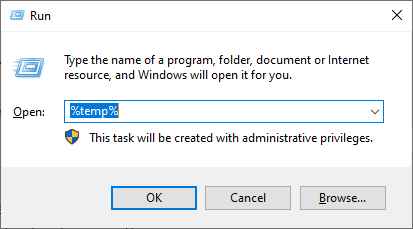
- Select all files within the folder, right-click, and delete them.

- Again, press Windows + R, type %localappdata%/Microsoft/Outlook, and hit Enter.

- Locate the RoamCache folder, and either delete it or rename it to RoamCache_Old.


- Restart your computer and verify if the syncing issue persists.
3. Reinstall or Repair MS Office
Damaged or missing program files within Outlook could be causing synchronization issues. Reinstalling or repairing MS Office may address the problem.
- Open the Control Panel and click on Programs & Features.
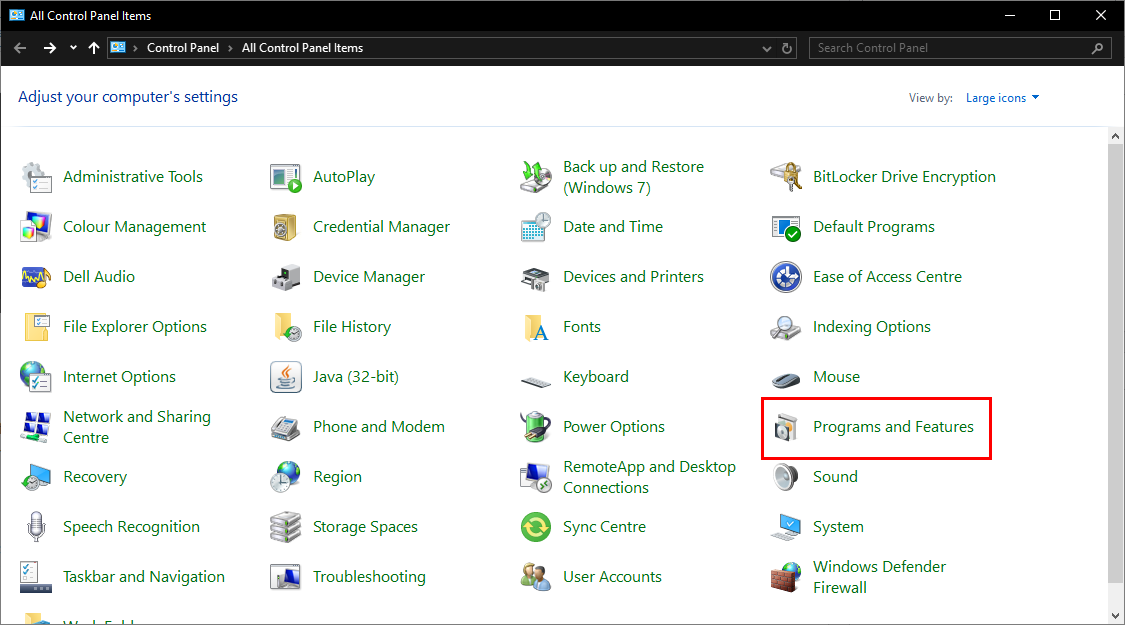
- Select MS Office from the program list and click Change.
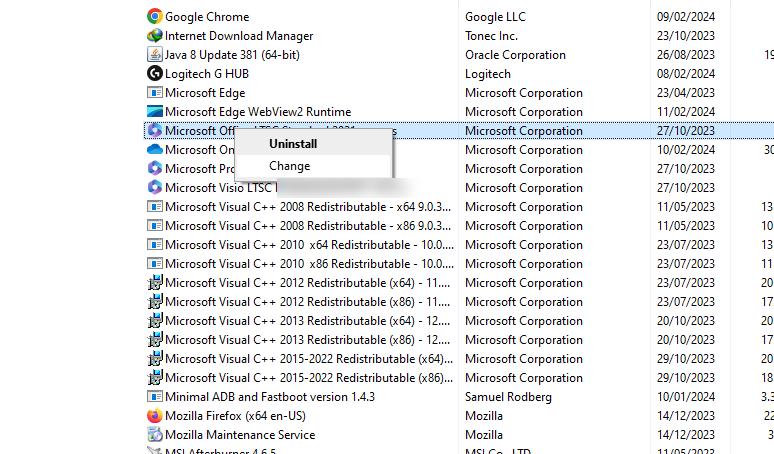
- Follow the on-screen prompts to repair MS Office.
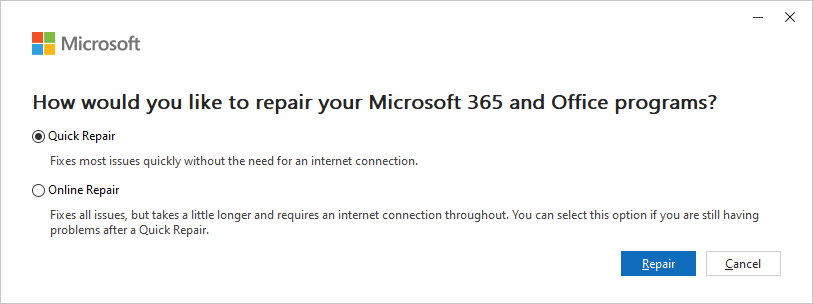
- If the issue remains unresolved, uninstall and then reinstall MS Office.
4. Verify Calendar Sharing Settings
Incorrect sharing settings may prevent a calendar from syncing. Verify your calendar’s sharing settings as follows.
- Launch Outlook and select the calendar icon.
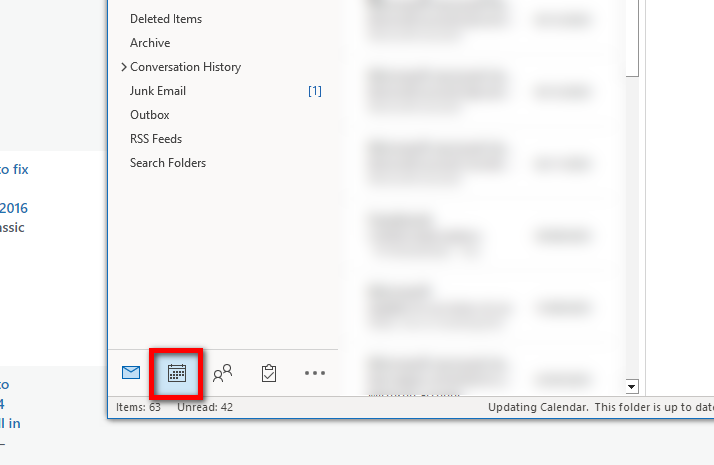
- Choose the shared calendar that isn’t syncing.
- Click on Share, followed by Calendar Permissions.
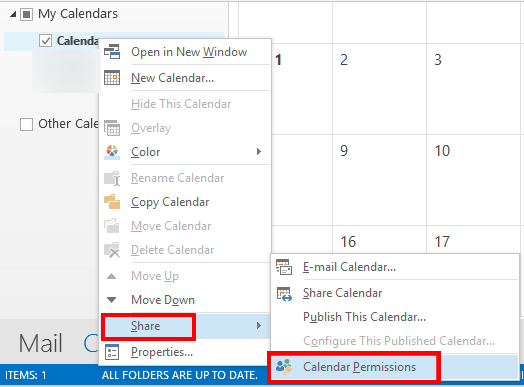
- Verify that the calendar has the correct sharing permissions set in the Permissions section, and adjust as necessary to allow syncing.
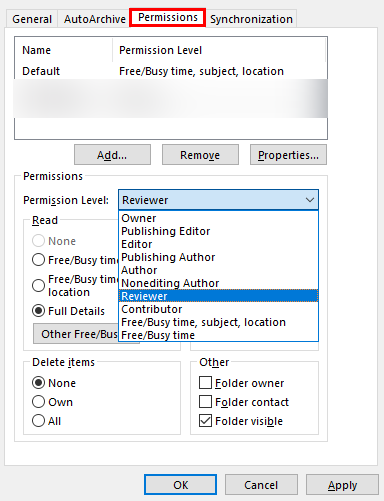
- Under the Synchronization tab, check the filters and click Apply, then OK.
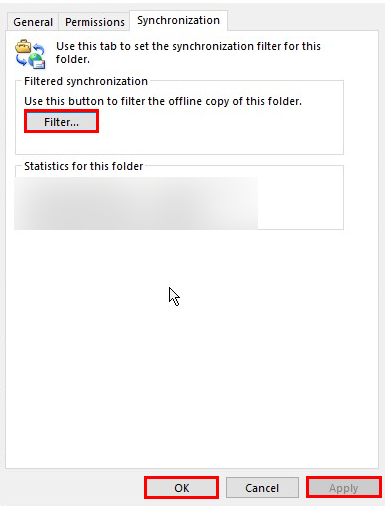
Restart your computer and check for persistence of the error.
5. Disable Add-Ins
Incompatible add-ins might also contribute to sync issues. Disable these add-ins to see if the problem is resolved.
- Press Windows + R and type Outlook.exe /safe, to start Outlook in Safe Mode.
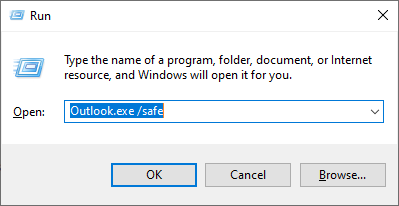
- Go to File > Options.
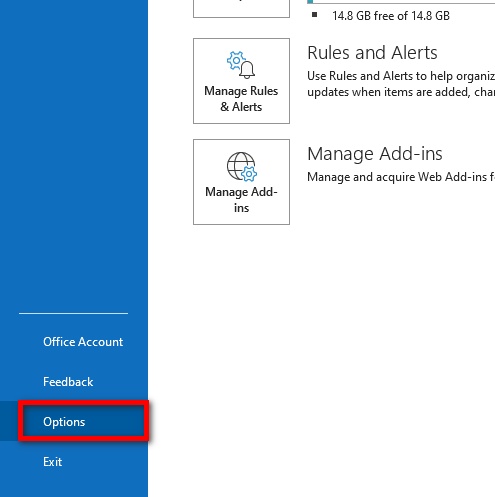
- Select Add-ins on the left sidebar and click Go.
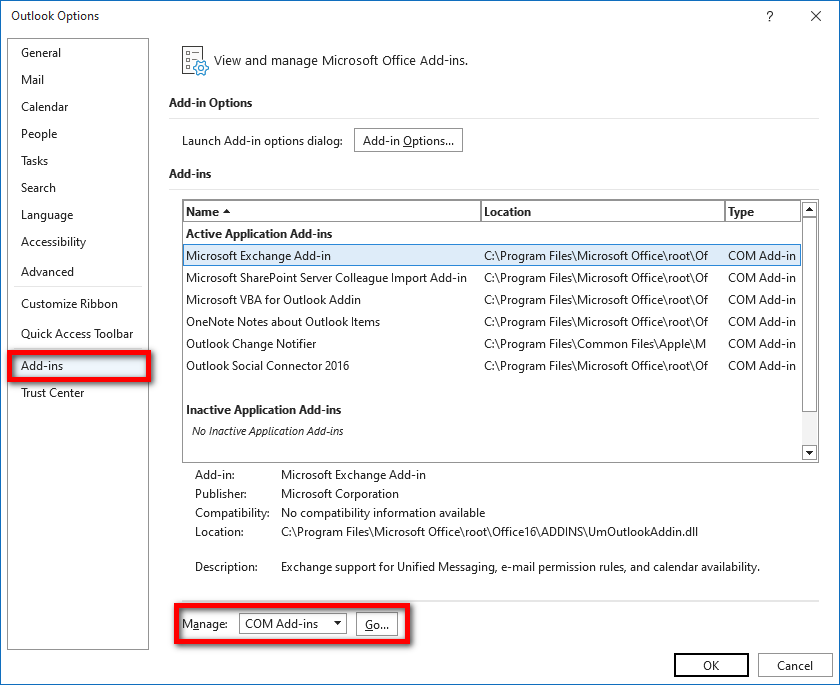
- Uncheck all listed add-ins and click OK.
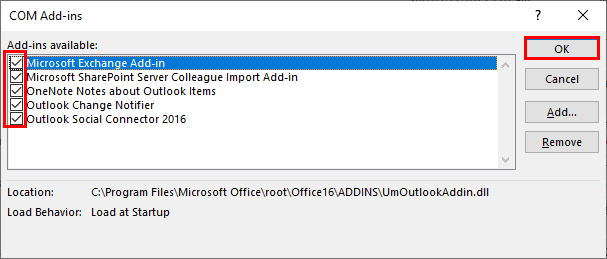
- Restart Outlook normally.
6. Create a New Profile
A corrupt profile can cause synchronization problems. Creating a new user profile may circumvent these issues.
- Navigate to the Control Panel and select Mail.

- Click on Show Profiles.
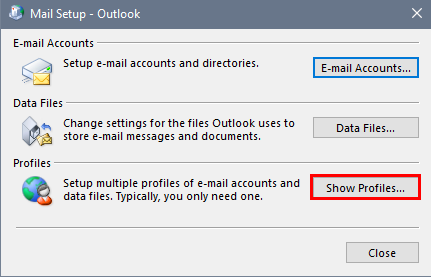
- Hit Add.
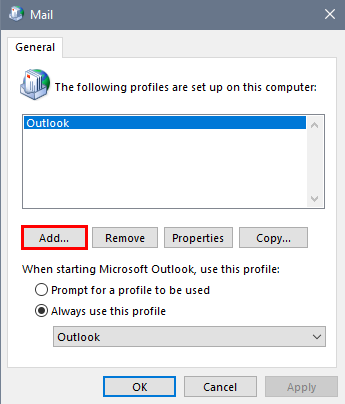
- Name your new profile and click OK.
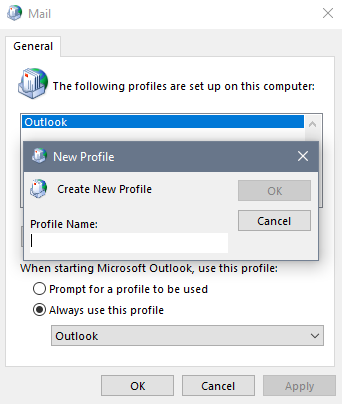
- Complete the setup by entering your email address, password, and server settings.
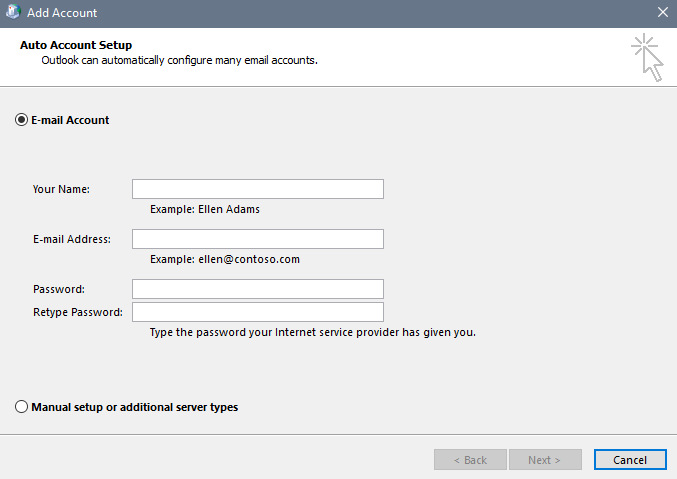
- Click Next and then Finish.
Outlook will load the new profile and begin syncing items from the mailbox server. If synchronization is successful, you may opt to delete the old profile from Outlook.
By following these steps, you should be able to resolve most synchronization issues with your Outlook Calendar. If problems persist, you may need to seek additional support or consider alternative solutions. Remember to back up critical data before making significant changes to your system or software settings.
